Last week I got wind of editor-in-chief Steve Cropley’s plans to make a flying visit to the motor museum at Beaulieu. It struck me that it was probably the thick end of forty years since I had last been there.
My first and only visit was on a rare family holiday, which was at the other end of Britain from home. (The New Forest is a staggeringly long way from Lancashire, especially when you are travelling in the back of an Austin 1800S on a hot summer’s day…).
The two exhibits that have always stuck in my mind from that trip were the 1928 Golden Arrow and the 1960 Bluebird-Proteus, both world Land Speed Record cars. Oddly, my most vivid memory was of the Bluebird’s massive faired-in wheels and the tiny cockpit. Perhaps it was this machine that triggered a fascination with design and engineering in a young head.
Anyway, I could hardly pass up the chance to steal a few hours and jumped into the Jaguar Jaguar F-Type’s passenger seat alongside Cropley on a particularly miserable morning. If you’ve not been, Beaulieu’s main exhibition may be compact, but it is absolutely stuffed with machinery that will make anybody with a bit of imagination stop and stare and think. I was particularly struck by a WW2 Jeep which actually took part in the D-Day landings on 6 June 1944.
The day’s first stroke of luck was that we arrived to see the museum’s engineers reassembling the Golden Arrow’s tail cladding. The car was built in 1928 and powered by 24-litre, 913bhp, W12 Napier Lion aero engine.
Close up, it’s a delight to see the way the designer managed to create as small a frontal area as possible as well as incorporating the huge, ice-filled, radiator housings between the wheels. With the art deco cladding off, as one of the technicians pointed out, the construction (wooden sections, steel and cables) is a dead ringer for period aeroplane construction.
Whenever W-format engines come up I think of VW and it struck me that the Bugatti Veyron’s 8.0-litre W16 might have had four turbochargers, but it originally developed 987bhp, which wasn’t so far ahead of this naturally-aspirated engine from 1928. The original Veyron’s 253.8mph top speed also isn't too far ahead of the Golden Arrow’s 231.45mph record, set by Sir Henry Segrave in Daytona.
However, I got even luckier. Steve and I were invited to hang around until 12.30, when the engineers were going to crank up the engine of the Sunbeam 350bhp, which was built in 1922. The engine – an 18.3-litre V12 Sunbeam unit that’s a kind of aero engine hybrid – expired in the 1990s (one of the madly twisted double conrods is sight to see) and has just been rebuilt.
This car broke a number of records in 1922, including a land speed record of 138.08mph. Malcolm Campbell bought the car in 1923, repainted it and called it Bluebird. Eventually, Campbell set an official land speed record in it on Pendine Sands in September 1924 (146.16mph) and again in 1925, averaging 150.766mph.
Luckily, I had my camera to hand to record the huge effort required to get this extraordinary piece of machinery being coaxed into life. They really don’t make them like this anymore.

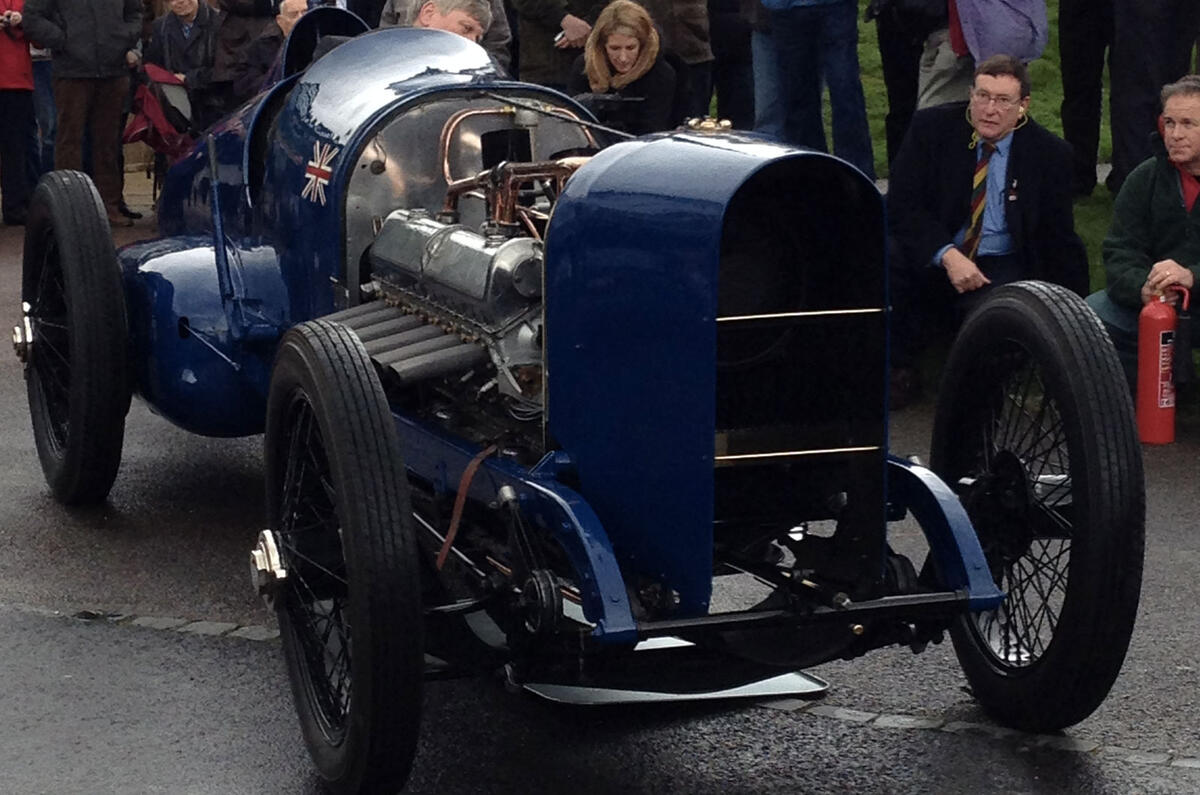
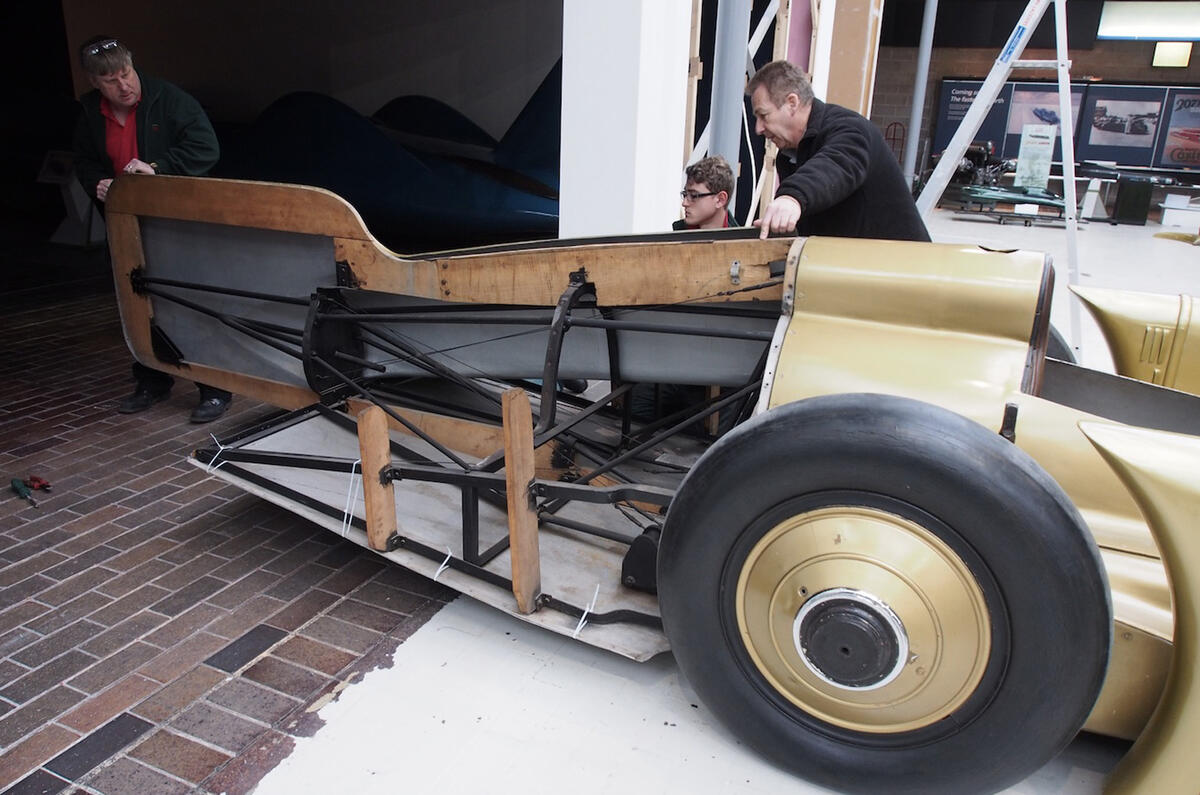
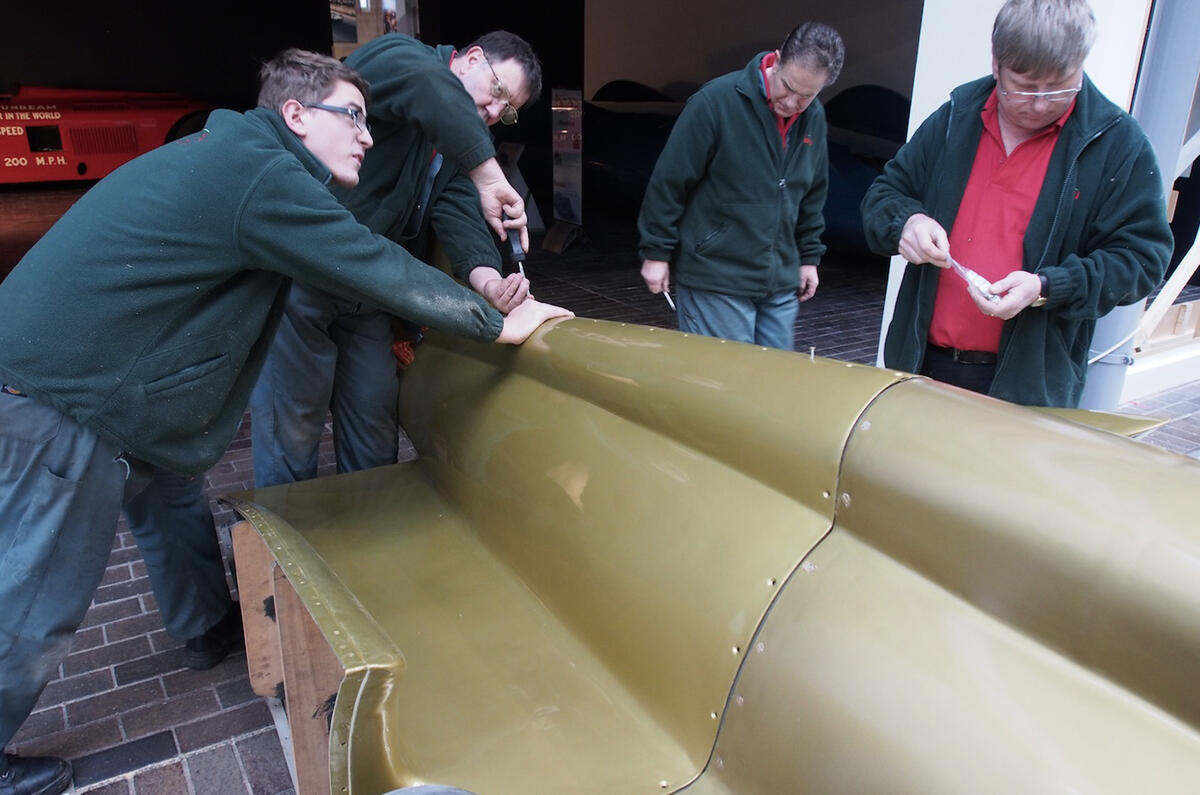
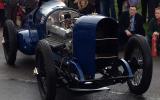
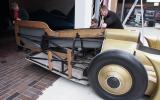
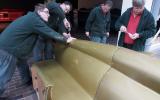


Join the debate
Add your comment
1960s Bluebird
Prefer the Datsun Bluebird.